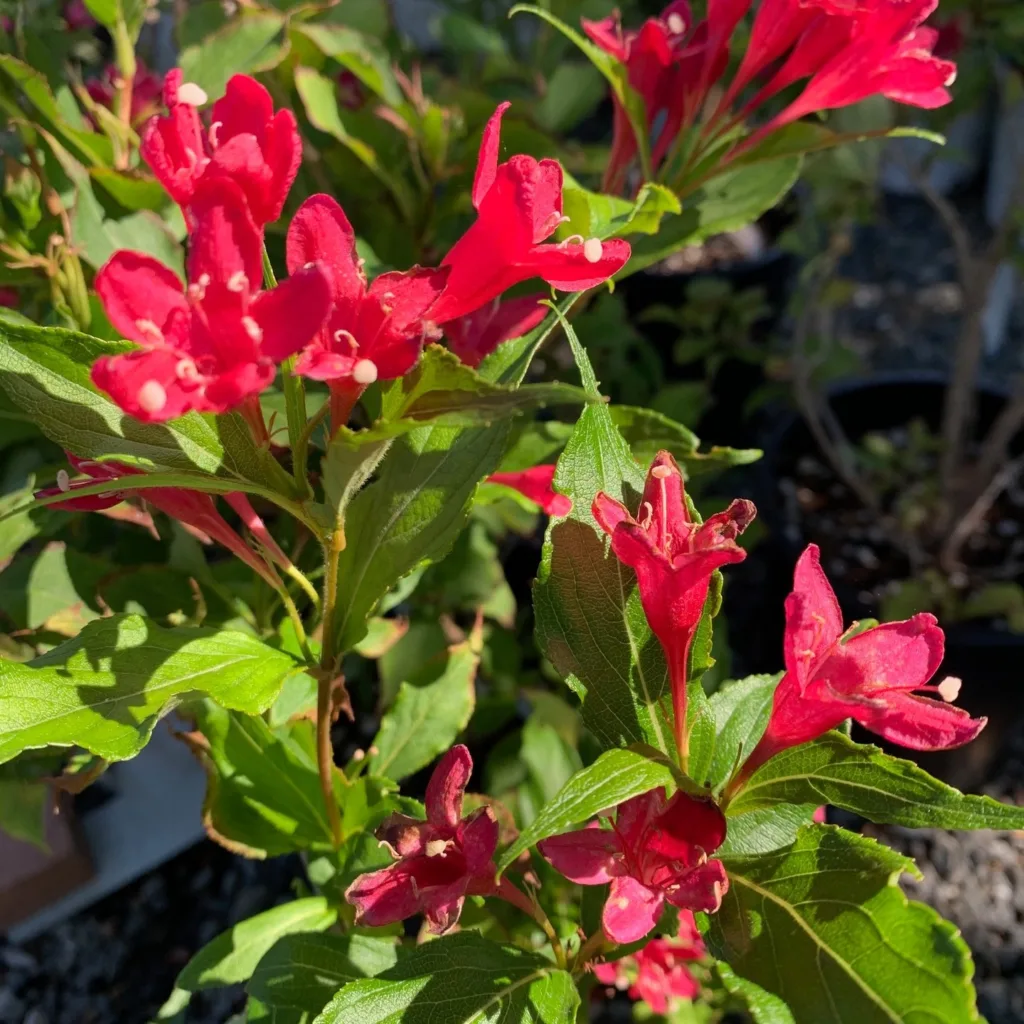
FAQs About Quercus Michauxii
Quercus Michauxii, commonly known as the Swamp Chestnut Oak, is a majestic oak species native to the southeastern United States. It’s one of those trees that captures attention with its large, lobed leaves and stately appearance. As someone who has explored the ins and outs of this species, I’ve come across a variety of questions that people frequently ask about this oak tree. In this article, I’ll answer some of the most common FAQs and share my personal experiences with Quercus Michauxii.
657 Species in Genus Quercus
What is Quercus Michauxii?
Quercus Michauxii is a large, deciduous oak species that typically grows in bottomlands and swampy areas, hence the name “Swamp Chestnut Oak.” It’s known for its impressive height, sometimes reaching up to 100 feet, with a wide, rounded crown that provides ample shade. The leaves are dark green, turning to a striking red-brown in the fall. This tree also produces acorns, which are a valuable food source for wildlife like deer, squirrels, and birds.
How to Care for Quercus Michauxii?
Caring for a Quercus Michauxii is relatively straightforward. Since it thrives in wet conditions, I recommend planting it in areas with moist, well-drained soil, although it can tolerate periods of drought once established. This oak species prefers full sun but can manage in partial shade. Make sure to water the tree regularly, especially during the first few years of growth, as it helps the roots establish a deep and strong foundation.
Pruning isn’t usually necessary unless you’re shaping the tree or removing damaged branches. Fertilizing is not required, as the tree naturally draws nutrients from the soil.
How to Propagate Quercus Michauxii?
Propagating Quercus Michauxii can be a bit challenging since it’s typically grown from acorns rather than cuttings. If you’re lucky enough to collect viable acorns in the fall, store them in a cool, dry place through the winter, and plant them in the spring. Make sure to bury the acorn about an inch deep in well-drained soil. It’s crucial to protect the young seedlings from pests and animals, which might dig them up. The process can be slow, but with patience, you’ll have a sturdy oak sapling in no time.
Can You Grow Quercus Michauxii Indoors?
No, Quercus Michauxii is not suitable for growing indoors. This tree needs ample space, sunlight, and outdoor conditions to thrive. Its size alone—reaching over 60 feet at maturity—makes it impractical for indoor environments. I’ve found that it’s best suited for large landscapes or natural woodland settings.
Is Quercus Michauxii Toxic?
Quercus Michauxii is generally not considered toxic to humans or pets. However, some animals may experience mild digestive upset if they consume large amounts of acorns. While it’s not toxic in the conventional sense, the tannins in acorns can cause issues if ingested in large quantities. Always monitor pets and livestock around oak trees during acorn drop.
What to Plant with Quercus Michauxii?
In my experience, Quercus Michauxii pairs beautifully with other native woodland plants. Consider planting it alongside species like Viburnum, Dogwood, or native ferns to create a natural understory. The tree’s shade provides a perfect environment for shade-loving plants, and its deep roots won’t compete heavily with ground-level flora. Wildflowers like Bluebells and Trillium also complement the oak’s aesthetic and provide seasonal color.
Quercus Michauxii vs Quercus Montana
When comparing Quercus Michauxii vs Quercus Montana (Chestnut Oak), the primary difference lies in their habitat preferences and leaf morphology. Quercus Montana prefers drier, rocky soils, often growing in upland areas, whereas Quercus Michauxii thrives in moist, swampy conditions. I’ve noticed that Quercus Michauxii has larger, more rounded leaves compared to the sharper, more deeply lobed leaves of Quercus Montana. The bark of Quercus Michauxii is also more deeply ridged, providing a textured appearance. These differences make each species better suited to particular environments.
Benefits of Quercus Michauxii
There are several benefits to growing Quercus Michauxii. First, it’s a highly durable and long-lived tree, making it a valuable addition to landscapes that require minimal maintenance. It also provides critical habitat and food for wildlife. The large acorns are especially important for animals like deer and squirrels. Additionally, the tree’s dense wood has been historically used for furniture, barrels, and flooring.
Another benefit I’ve noticed is the tree’s ability to act as a windbreak. Its large stature and dense foliage help protect against strong winds, making it a great option for shielding homes or farms in rural areas.
Common Problems with Quercus Michauxii
Like most oak species, Quercus Michauxii can be prone to certain pests and diseases. Oak wilt is a significant concern, which can spread through root grafts or beetles. Other issues include powdery mildew and caterpillars that feed on the tree’s leaves. Keeping the tree healthy through regular watering, proper planting, and monitoring for symptoms of disease is key to preventing these problems.
Another issue I’ve encountered is the tree’s slow growth rate. While it’s a rewarding tree in the long term, you may need to wait several years before seeing significant growth. Patience is essential when dealing with oaks!
Can Quercus Michauxii Handle Drought?
Although Quercus Michauxii is well-adapted to moist environments, it can handle drought once established. Young trees, however, need consistent watering during dry periods to prevent stress. The deep root system allows mature trees to access water from deeper soil layers, giving them some resilience during dry spells. In my experience, the tree’s ability to handle drought is good, but it’s still wise to provide water during extended dry periods.
Overall, Quercus Michauxii is a magnificent tree with a lot to offer. Whether you’re considering it for a large landscape, wildlife habitat, or simply a beautiful shade tree, it’s a species that rewards you with its presence and durability.
If i die, water my plants!



